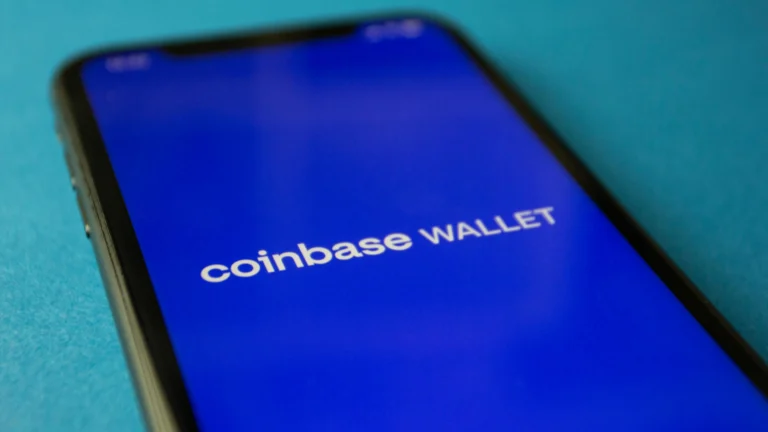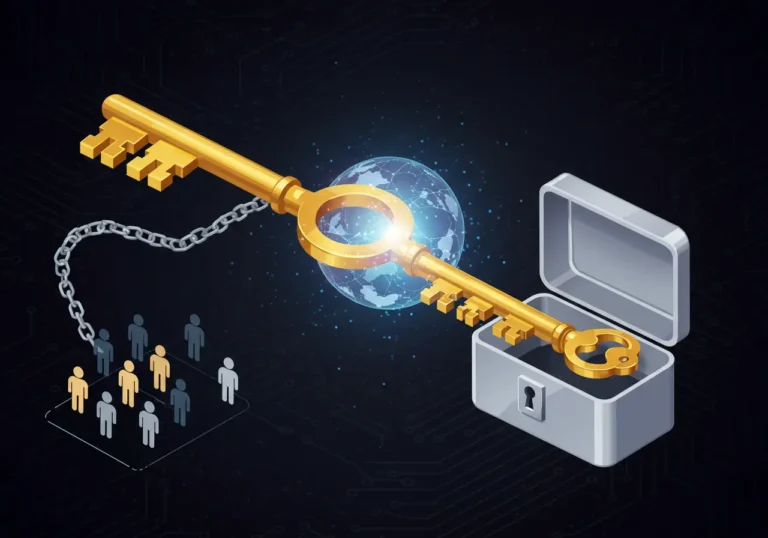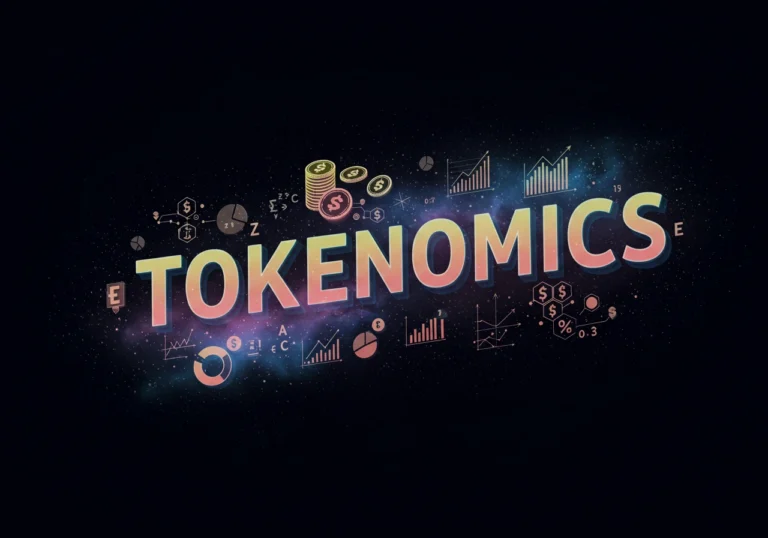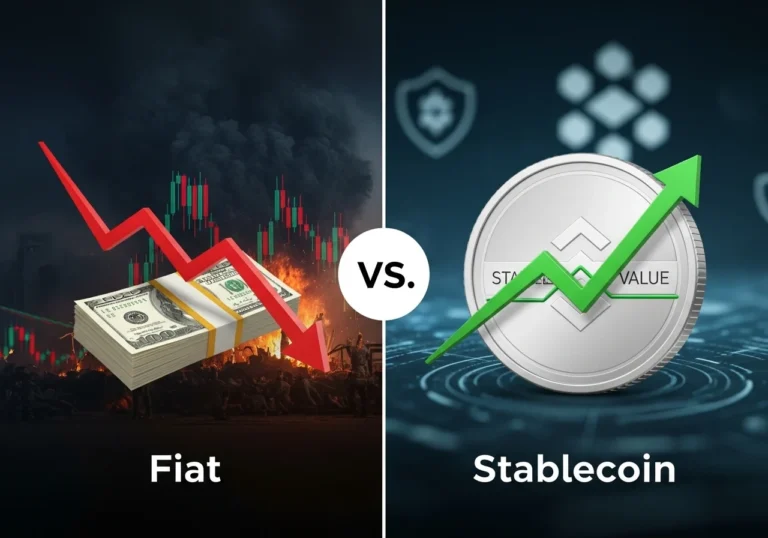Your First Crypto Checklist: 8 Straightforward Steps to Get You Going

When I first dipped my toes into the world of crypto, I was overwhelmed—confused by all the jargon, unsure what was legit, and constantly asking myself, “Is this even safe?” Sound familiar?
That’s exactly why I created this guide: to help you start your crypto journey with clarity and confidence—without repeating the mistakes I made. We’ll break things down step by step, using real-life examples that make everything easier to grasp.
So if you’re ready to cut through the noise and actually understand how this all works, let’s jump in!
What’s This Crypto Stuff All About?
First things first—what’s cryptocurrency? Picture it as digital cash you can spend online. No coins, no paper, just money that lives on the internet. The best part? No banks or governments are in charge. It’s like sending a few bucks to a buddy across the globe without anyone else butting in. That’s all thanks to something called blockchain—we’ll get to that later. For now, let’s figure out how to keep it safe.
1. Get Yourself a Crypto Wallet
What’s a Wallet For?
A crypto wallet is like your personal safe for this digital cash. Well, not exactly—it doesn’t hold the money itself, but it’s the key to use it. There are two types you’ll hear about:
- Online wallets: These live on your phone or laptop, always ready to go. It’s like keeping cash in your pocket—handy, but you’ve got to watch out for pickpockets.
- Offline wallets: Think of these as a little USB you tuck away. They’re not online all the time, so they’re tougher to mess with—like a lockbox at home.
Setting One Up
Let’s make a secure one. It’s easier than it sounds! Here’s how:
- Choose a good one: Go with something trusted—Ledger or Trezor if you want offline, or Trust Wallet for your phone. Big names are your safest bet.
- Lock it tight: Create a password that’s hard to crack. Something like “RainyDay42!Sun” works—don’t just use “password123,” okay?
- Save the magic words: You’ll get a list of random words when you set it up. Write them down, keep them somewhere safe—like under your mattress, not on your desk. Lose those, and you’re out of luck.
- Add extra protection: Turn on two-factor authentication. It’s a big deal—I’ll show you how in a sec.
If you’ve got a chunk of crypto, offline’s the way to go. It’s like stashing your savings where no one can touch it. One of my crypto security best practices, hands down.
2. Double Up with Two-Factor Authentication
Why Bother?
Imagine your wallet’s a house. Your password’s the key, but if someone snags it, you’re in trouble. Two-factor authentication in crypto is like adding a deadbolt—only you can unlock it. Even if a hacker gets your password, they’re stuck without this second step. I wouldn’t skip it for anything.
How to Do It
It’s quick, promise:
- Dig into settings: Open your wallet app, find “Security” or something like that.
- Grab an app: Get Google Authenticator on your phone—it’s free and simple.
- Link it up: Scan a code from your wallet with the app. Now it spits out a new number every few seconds.
- Use it: Type that number in when you log in. Done—your stuff’s locked down tight.
Quick tip: Skip the text message option. Phones can get hacked, but that app? Way more solid. Saved my bacon once, no kidding.
3. Store Your Crypto Smart
Online or Offline?
When it comes to the safest ways to store crypto assets, it depends on how you use it. Online wallets are great for little things—like buying a coffee if that were a thing yet. Offline wallets, though? They’re where you stash the big bucks. Here’s how I see it:
- Online: Pocket change for quick use. Convenient, but don’t overdo it.
- Offline: Your home safe for the real stash. Less handy, more secure.
Stay Safe Tips
- Mix it up: Keep a bit online for fun, the rest offline where it’s untouchable.
- Back it up: Those secret words? Hide them well, maybe make an extra copy. I’ve got mine in a locked drawer—works like a charm.
- Mind the Wi-Fi: Don’t check your wallet on public Wi-Fi—like at the mall. Stick to home.
Treat an offline wallet like gold. It’s your treasure, so keep it out of reach!
4. Play It Smart with Investing
Don’t Go Crazy
Crypto’s wild—prices bounce all over. A solid crypto investment risk management strategy is to only toss in what you can lose. Think of it as fun money, not your grocery cash. That way, if it tanks, you’re not sweating it.
Spread the Love
Don’t dump it all in one spot either. Buy some Bitcoin, maybe a little Ethereum too. It’s like not betting all your chips on one horse—gives you better odds. Start small, feel it out, then add more if you’re good with it. Easy does it, right?
5. Find a Place to Trade
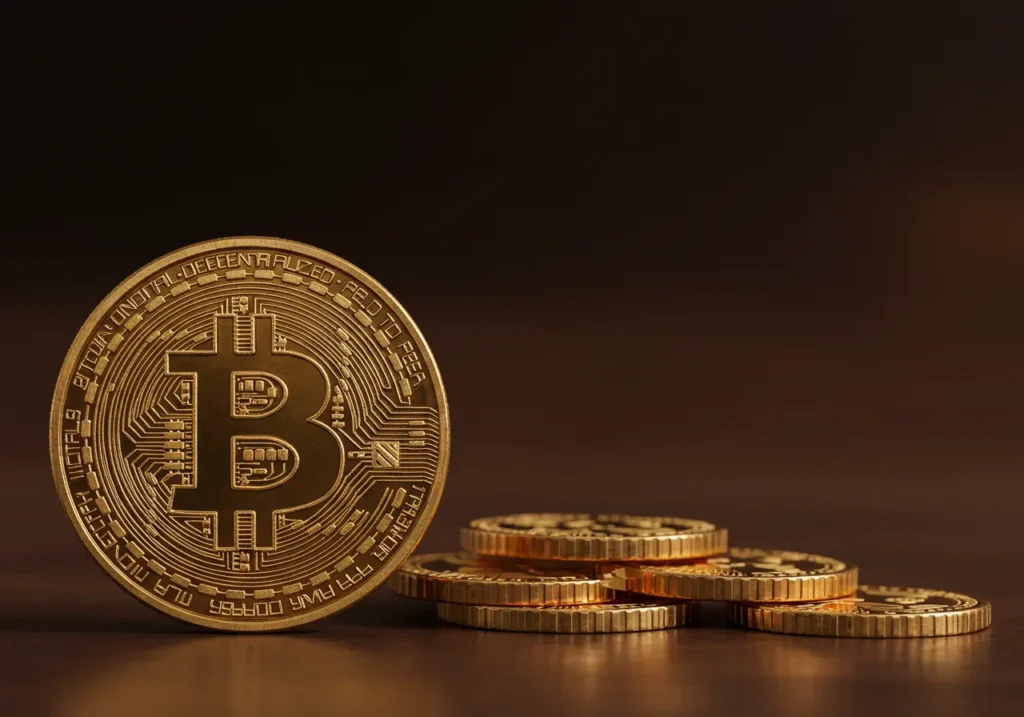
What to Look For
A trading platform’s where you swap your dollars for crypto. Tons of options out there, so what’s good? Here’s a quick crypto trading platform comparison:
- Safety: Pick one that keeps most of its cash offline and uses that two-factor trick.
- Cheap fees: Some take a little cut per trade—go for low ones.
- Simple: New to this? Get one that doesn’t make your head spin.
Some Solid Picks
- Coinbase: Easy as pie for newbies, and they’ve got safety down.
- Binance: Loads of choices, but it might feel like a lot at first.
- Kraken: Safe and helpful—perfect if you need a hand.
Peek at reviews online. If folks say it’s sketchy, steer clear. Better safe than sorry!
6. Taxes—Yeah, They’re a Thing
Keep It Easy
Taxes aren’t fun, but you’ve got to track your crypto moves. The crypto tax reporting guidelines are straightforward: jot down every buy, sell, whatever. It’s like a diary of your crypto life—nothing fancy.
Ask for Help
If it’s overwhelming, chat with a tax pro. There’s also stuff like CoinTracker that does the heavy lifting—just plug in your trades, and it sorts it out. Keep those notes, and you’ll sleep better, trust me.
7. Blockchain in Plain English
What’s That?
Blockchain’s the backbone of crypto. Think of it as a giant ledger everyone can see, tracking every dollar that moves. No one can mess with it, and that’s why it’s safe. Understanding blockchain technology for beginners is just knowing it’s a record you can trust.
Why It Rocks
No bank needed—pretty neat, huh? It’s all you, running the show. You don’t have to get the nitty-gritty—just know it’s there, keeping things honest.
8. Dip Into DeFi
DeFi? Say What?
DeFi’s short for decentralized finance—fancy name, simple idea. It’s using crypto like a bank, but without the bank. Save it, earn a little extra, maybe lend it out—all online. The benefits of decentralized finance (DeFi) in crypto are sweet: more control, sometimes bigger rewards.
Watch Out, Though
- Upside: You could make more than with a savings account.
- Downside: It’s new, so it can be risky—scams happen.
Try a little with something like Aave, but don’t go all in yet. It’s like testing the water before you jump—smart move.
Wrap It Up: You’re Good to Go!
There you have it—your Crypto Checklist is all set! You’ve got the scoop on wallets, locks, and keeping your cash safe. Plus, some pointers on trading, taxes, and even DeFi if you’re feeling adventurous. I’m stoked you’re giving this a shot—it’s a blast once you get the hang of it. Keep this close, take your time, and have fun. You’re ready, mate!
Quick Recap to Stick With You
- Wallet up: Get a good one, lock it with two-factor.
- Store smart: Offline for big stuff, online for small.
- Invest wise: Only what you can lose, spread it around.
- Trade easy: Safe, cheap, simple platforms.
- Tax prep: Track it all, get help if you need.
- Blockchain basics: It’s the safe foundation.
- DeFi test: Start small, see how it goes.
Table of Contents

Hello, I’m Edmilson Dias, founder of CoinBringer. I created this platform to guide people through the fast-moving world of cryptocurrency with clarity and safety. With years of research in blockchain and digital security, my goal is to translate complex topics into practical knowledge, offering reliable tutorials, safety insights, and guidance for both newcomers and experienced users.
Discover more from CoinBringer
Subscribe to get the latest posts sent to your email.


